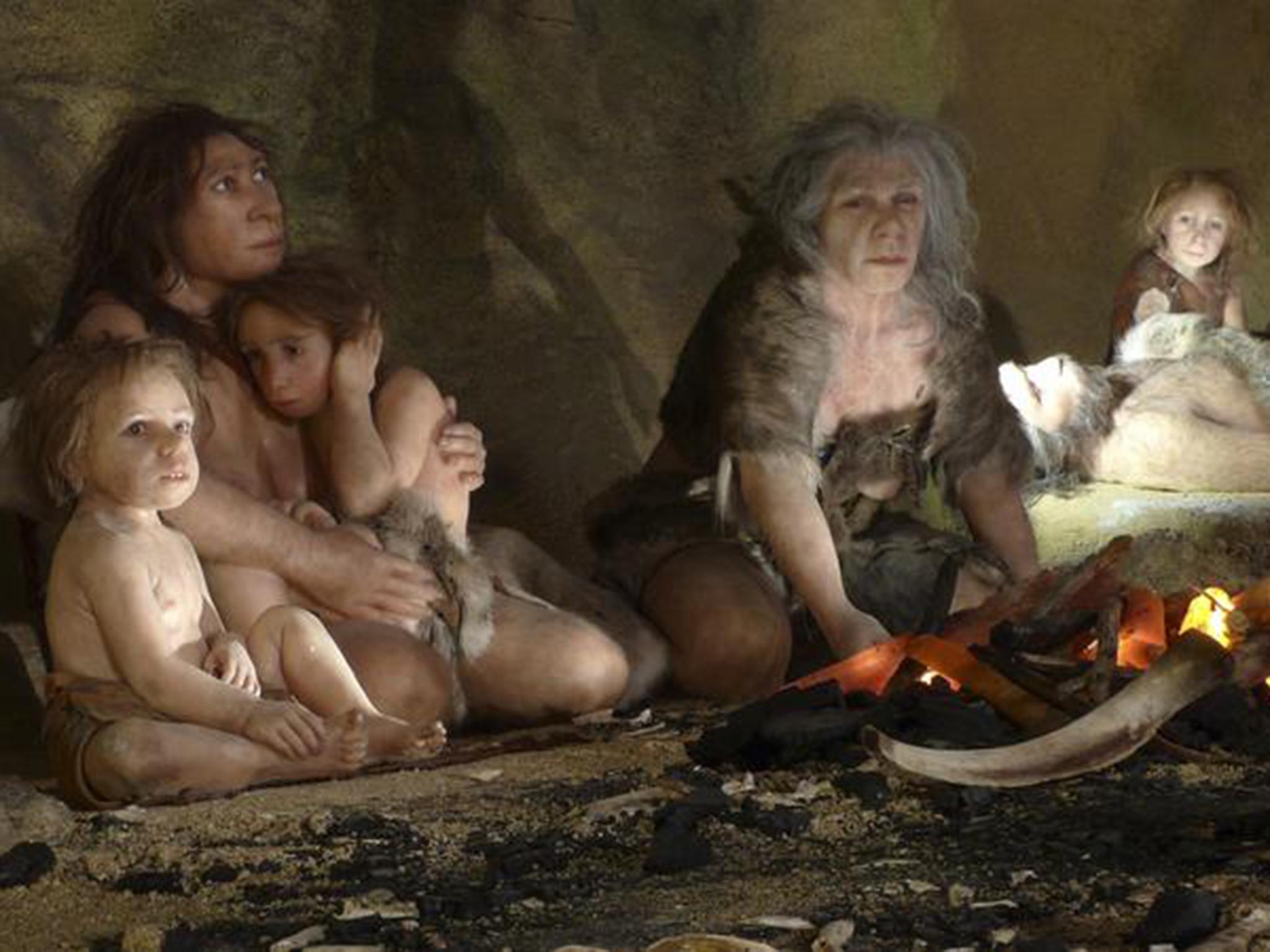Neanderthals may have died out because of infertility, new model suggests
‘A slight decrease in food may explain a reduction in fertility,’ says Dr Anna Degioanni

Your support helps us to tell the story
From reproductive rights to climate change to Big Tech, The Independent is on the ground when the story is developing. Whether it's investigating the financials of Elon Musk's pro-Trump PAC or producing our latest documentary, 'The A Word', which shines a light on the American women fighting for reproductive rights, we know how important it is to parse out the facts from the messaging.
At such a critical moment in US history, we need reporters on the ground. Your donation allows us to keep sending journalists to speak to both sides of the story.
The Independent is trusted by Americans across the entire political spectrum. And unlike many other quality news outlets, we choose not to lock Americans out of our reporting and analysis with paywalls. We believe quality journalism should be available to everyone, paid for by those who can afford it.
Your support makes all the difference.The mystery of how and why our prehistoric relatives, Neanderthals, went extinct 40,000 years ago has baffled anthropologists for decades.
Many believe they were killed off by Homo sapiens while others say environmental catastrophe or disease led to their demise.
But a new paper, published in the Plos One journal has thrown another idea into the ring: Neanderthals could have gone extinct because young females became infertile.
The theory is based on an extinction model that has been put forward by Anna Degioanni from Aix Marseille Université.
She told The Independent the idea was “robust and plausible”.
“This study does not attempt to explain ‘why’ the Neanderthals disappeared – but to identify ‘how’ it may have taken place,” she said. “First-time pregnancies, especially in young females (less than 20 years old), are on average more at risk than second and other pregnancies… a slight decrease in food may explain a reduction in fertility, especially among first-time mothers."
Current research suggest Neanderthals went extinct over a period of 4,000 to 10,000 years. Their demise was not believed to be brutal and occurred over a long period of time.
Dr Degioanni's model suggests extinction would have been possible within 10,000 years if there was a 2.7 per cent decline in fertility rates of Neanderthal women under the age of 20. If they fell by eight per cent extinction occurred within 4,000 years.
She said theories that suggest Neanderthals died out because of epidemics or conflicts are unlikely to be correct because they would have caused the population – estimated to be made of 70,000 individuals – to be wiped out considerably faster.
“A very slight decline exclusively for the youngest women makes it possible to obtain the disappearance of the population within the known times,” she added.
Along with her fellow researchers, Dr Degioanni created the demographic parameters of their model using observational data on modern hunter-gatherer groups and large apes as well as paleo-genetic information on Neanderthals.
They defined populations as extinct when they fell below 5,000 individuals.
Neanderthals arrived in Europe 250,000 years ago. This is the first study to use empirical data to suggest that relatively minor demographic changes, such as a reduction in fertility or an increase in infant mortality, might have led to Neanderthal extinction.
“Our results open the way to non-catasrophic events as plausible explanations for Neanderthal extinction,” researchers said.
Join our commenting forum
Join thought-provoking conversations, follow other Independent readers and see their replies
Comments